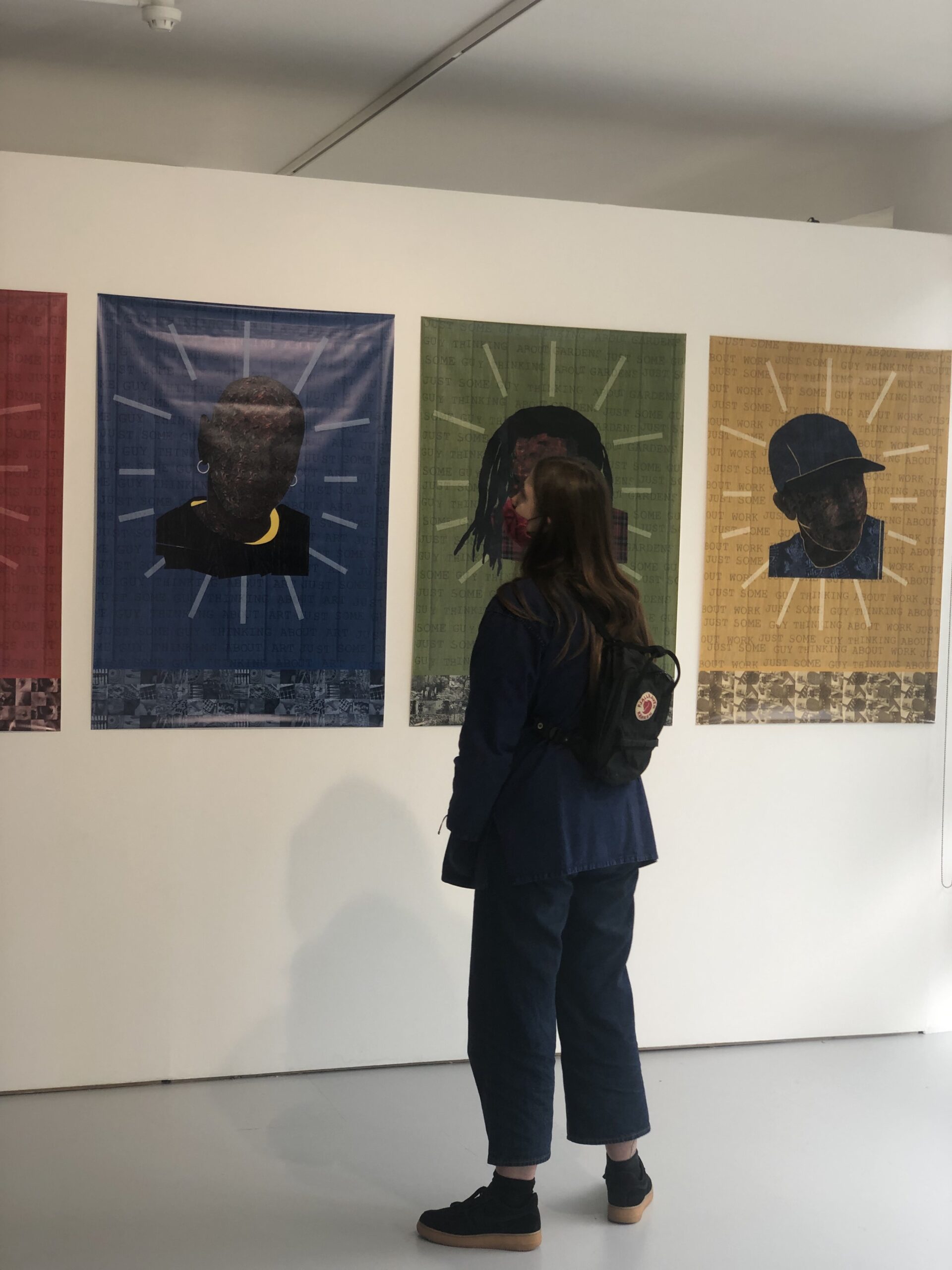“Art does have the ability to impact everyone, but only with encouragement, support and investment.”
‘Art impacts everyone’, is a line I’ve come across more and more frequently since joining the Creative Land Trust. And, the more I thought about it, the more it opened my eyes to the people, craft and practices behind so many of the experiences I’ve had…something that’s become even more noticeable as the world slowly starts to open up again.
I live in Brighton, a city known for its vibrant creative culture, but one I had taken for granted. As I’ve been able to roam around again I’ve begun to appreciate the creative billboards, coloured hoardings in the lanes and intriguing murals that decorate my home city.
Such street art is a highly visible but frequently undervalued creative output. However, it was watching Chemical Brothers, at Latitude Festival that I started to think of all the forgotten individuals coming together to create an experience. The set visuals, lighting, music, art installations and stage designs. It sounds like a cliché but it’s the moments at these festivals, theatres and galleries that make the hairs on the back of your neck stand on end. Moments that make life so special.


The term art is often confined to the idea of a painting in a gallery, but I have begun to learn more about art as a form of inclusion, wellbeing, placemaking and activism: art as a tool that can make a positive social and economic difference in our communities.
When I started writing this I thought I was telling a story about how I’d opened my eyes to art, how it impacts everyone and how creativity can be found everywhere. How we must nurture and protect it. But I’ve realised I’m privileged to be able to enjoy festivals, living in a creative, affluent city with time to explore galleries and visit the theatre.
Art does have the ability to impact everyone, but only with encouragement, support and investment. Creativity has so many outputs and could reach so many but the facilitation and dissemination of ideas does not come easily.
We referenced in Sara Kapaenen’s recent article ‘Artists Data Report’ published in 2016, ‘The average annual earnings of visual artists reach just above £16,000, of which only £6,020 comes from their art practice, falling below the recommended London Living Wage.’ Since the pandemic London is projected to lose 16% of its creative jobs and in the last three years 17% of studios spaces have been lost, a figure that’s expected to increase.
The research shows that creative industries and practitioners are under serious threat, a reality reinforced by the emails received from studio providers having to close their doors and desperately trying to re-home tenants. This will affect our communities, wellbeing, opportunities and futures for those looking to explore the arts.
It’s not all doom and gloom though. More recent research states the creative industries have the ability to ‘create 300,000 new jobs and generate £132.1 billion in GVA by 2025, if spend and investment is increased by 20% on 2019 levels.’
With the commitment and support of passionate individuals working to secure the industry art can reach everyone, but I believe it’s the responsibility of those already privileged enough to access it to ensure others can enjoy those same experiences and opportunities.

